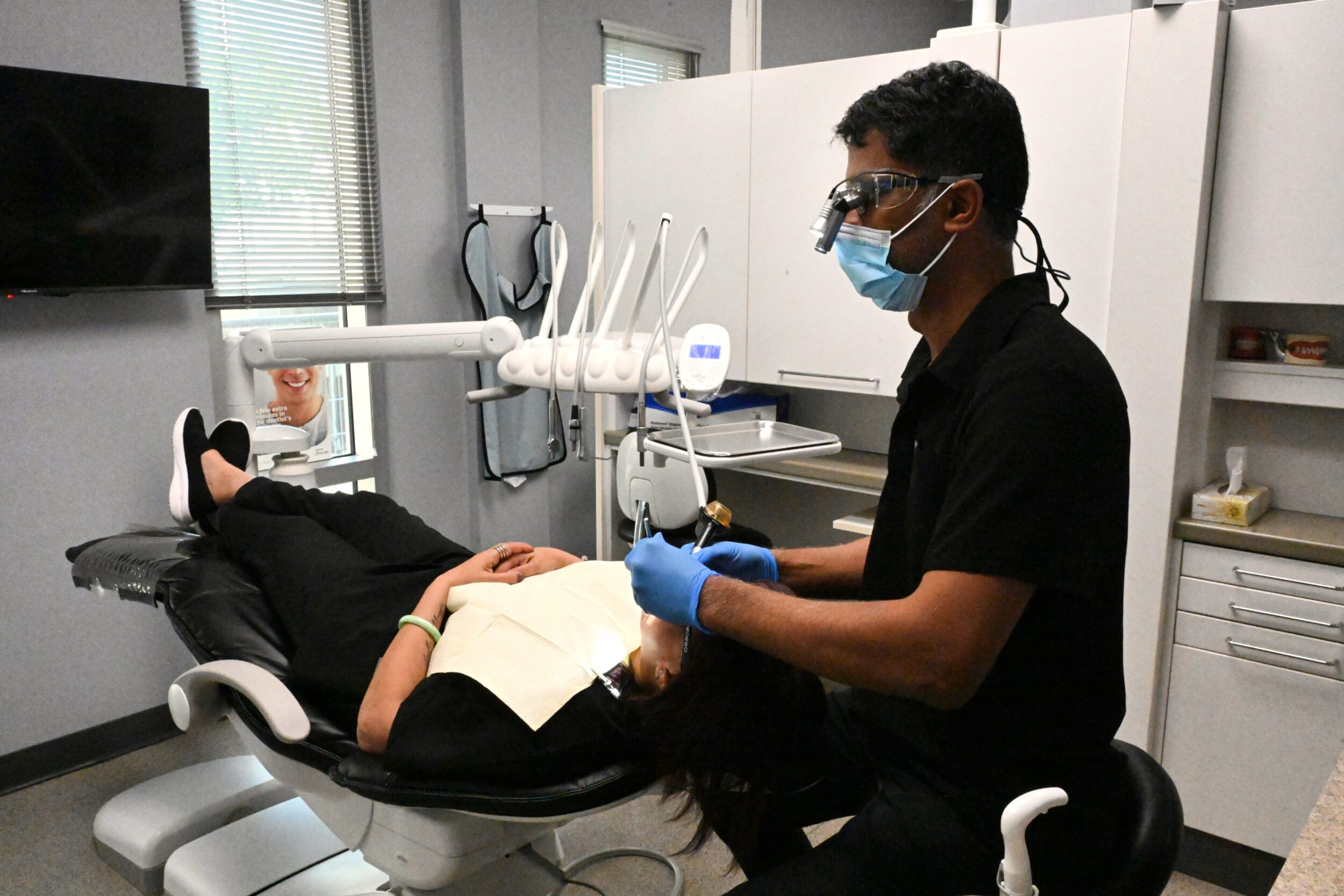Dental Radiographs X-rays
Pediatric dentistry relies heavily on dental radiographs, also known as dental X-rays. Dental radiographs allow the dentist to diagnose and treat problems such as childhood cavities, tooth decay, orthodontic misalignment, bone injuries, and bone diseases at an early stage. Clinical examinations would not be able to reveal these issues to the naked eye (in some cases).
Dental radiographs are approved for diagnostic purposes by the AAPD. In spite of the fact that radiographs emit only small amounts of radiation and are safe to use on an occasional basis, the AAPD guidelines aim to protect young people from unnecessary exposure to X-rays.

How are dental X-rays used?
Diagnostic tools such as dental x-rays are extremely versatile. They are primarily used in pediatric dentistry for the following purposes:
- Analyzing the available space for incoming teeth.
- Examining whether primary teeth are being shed in time for the emergence of adult teeth.
- Assessing the progression of bone disease.
- Determining the extent of tooth decay and monitoring it.
- Treatment planning (especially orthodontic treatment).
- Finding bone injuries, abscesses, and tumors.
- Identifying impacted wisdom teeth.
Are dental X-rays necessary for my child?
Depending on the child’s circumstances, dental radiographs may be necessary more often or less frequently. In children who are at greater risk of childhood tooth decay (as determined by their pediatric dentist), biannual radiographs may be necessary to monitor changes in the condition of their teeth. Similarly, children with orthodontic problems, such as malocclusion, may also require more frequent radiographs for monitoring purposes.
A dental X-ray should be taken every one to two years for children at average or below average risk for tooth decay and orthodontic problems. While a pediatric dentist may not suspect any decay at all, it is still important to periodically monitor tooth and jaw growth – primarily to ensure there is adequate room for permanent teeth to grow.
It may be necessary for the pediatric dentist to take an X-ray of the mouth immediately if the oral region has been injured or traumatized. As a result of advances in X-ray technology, specific areas of the mouth can be targeted for X-raying separately, thereby reducing the exposure to unnecessary X-rays.
To ensure the safety of my child, what precautions will be taken?
Although dental radiographs are perfectly safe for children, the pediatric dentist will take several precautions to prevent undue damage to the child’s cells and tissues during the procedure.
A lead apron will be worn first to protect the child’s body from unnecessary exposure. To protect the parts of the face that are not being X-rayed, the dentist will use shields. Last but not least, the pediatric dentist will use high-speed film to reduce radiation exposure as much as possible.
Please contact your pediatric dentist if you have any questions or concerns regarding dental radiographs.